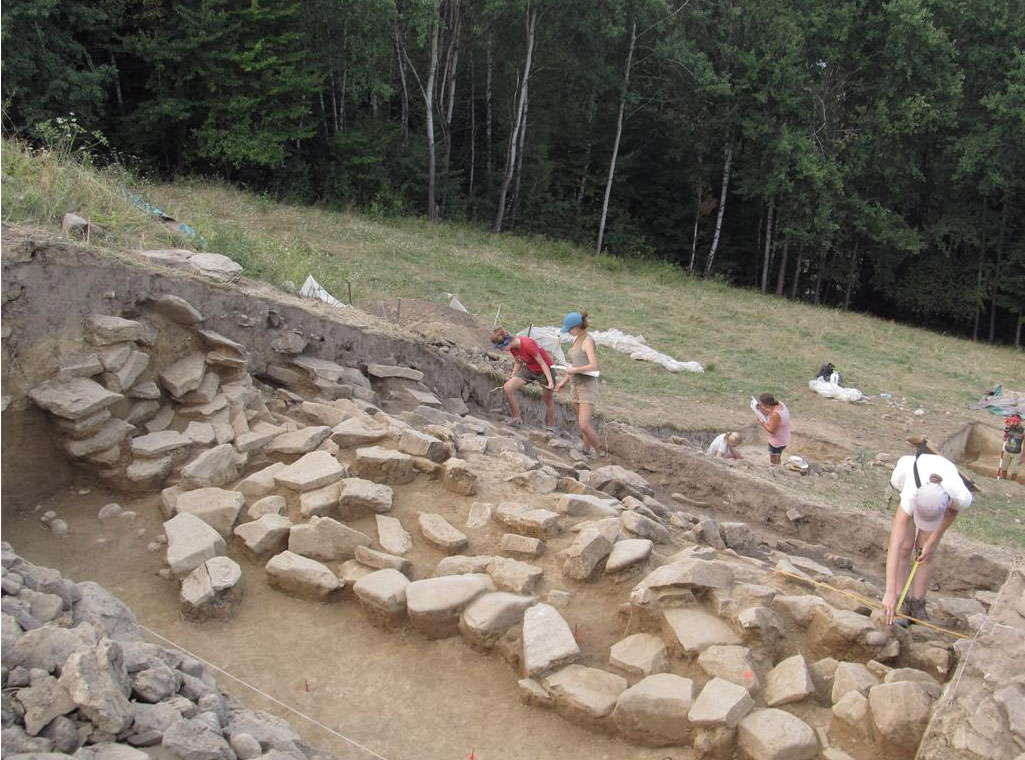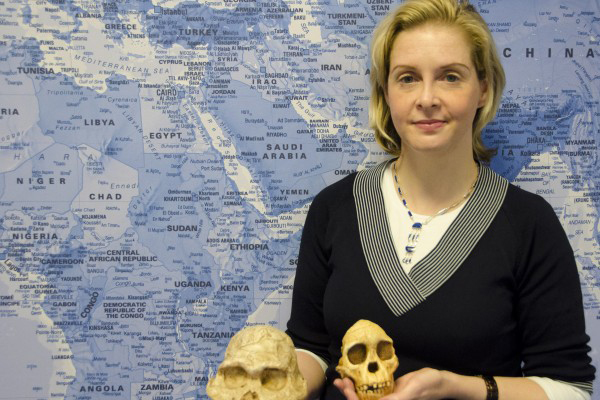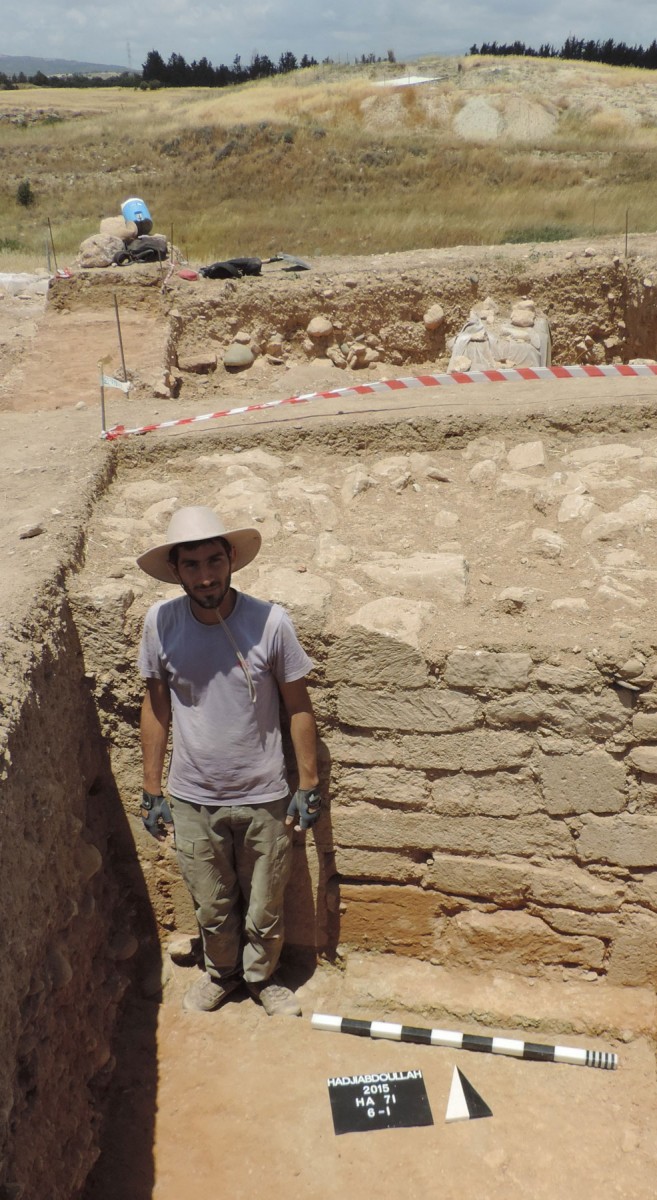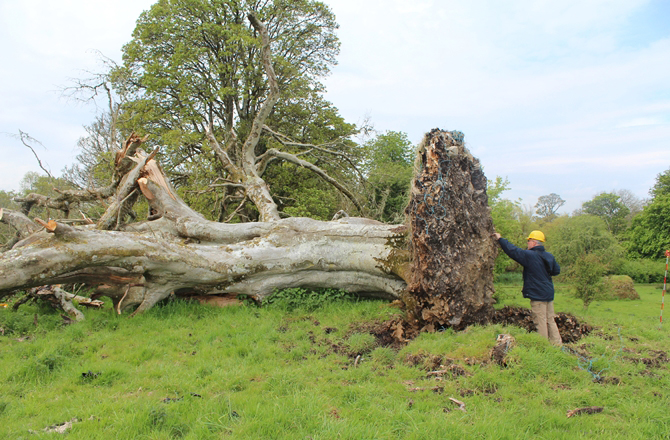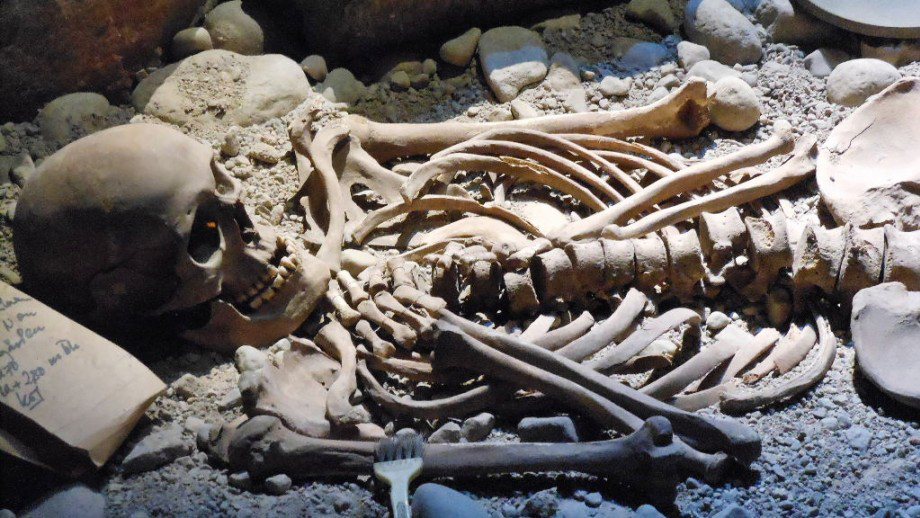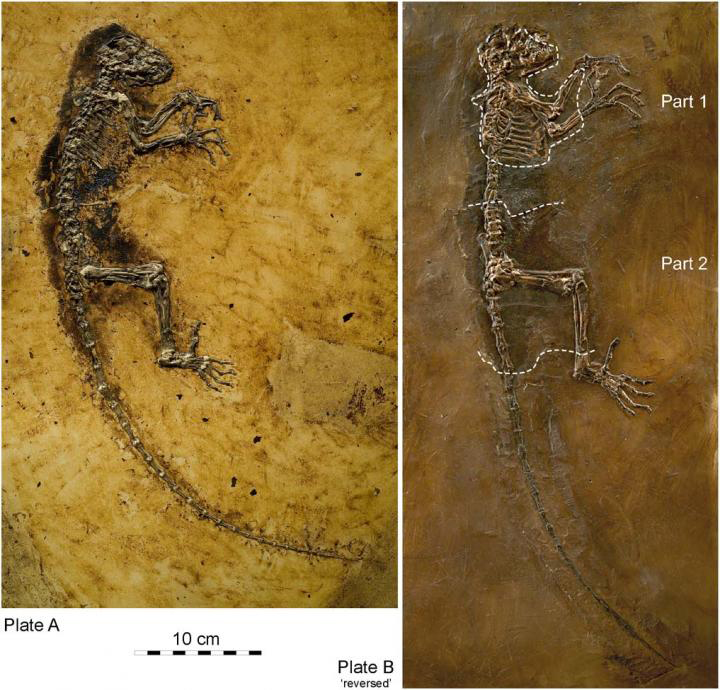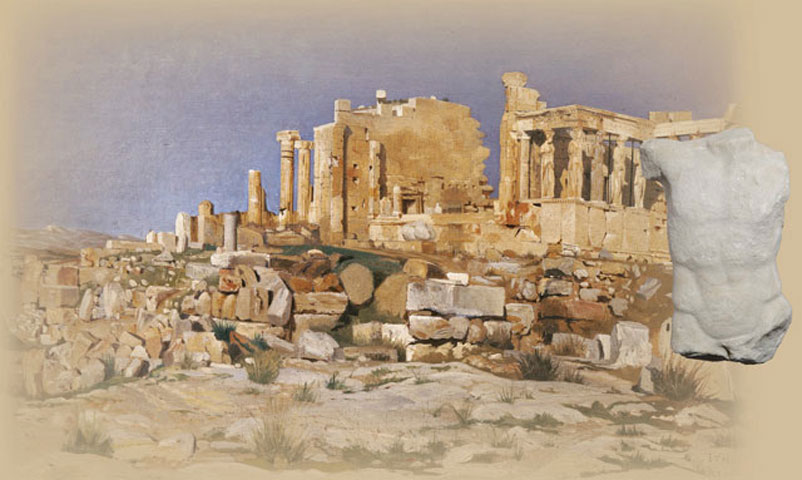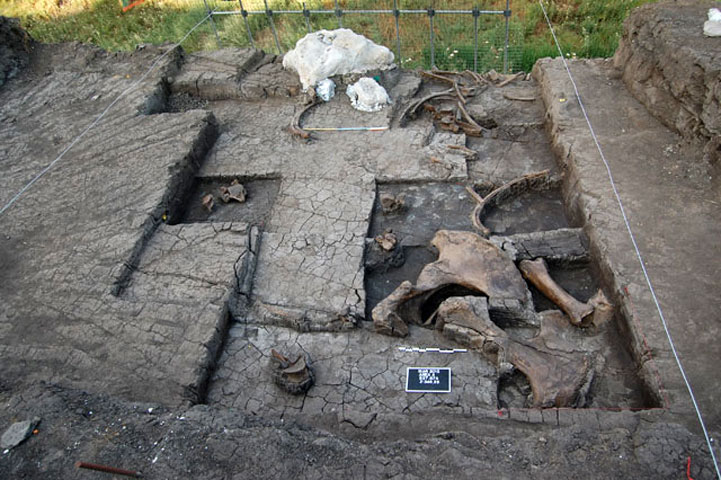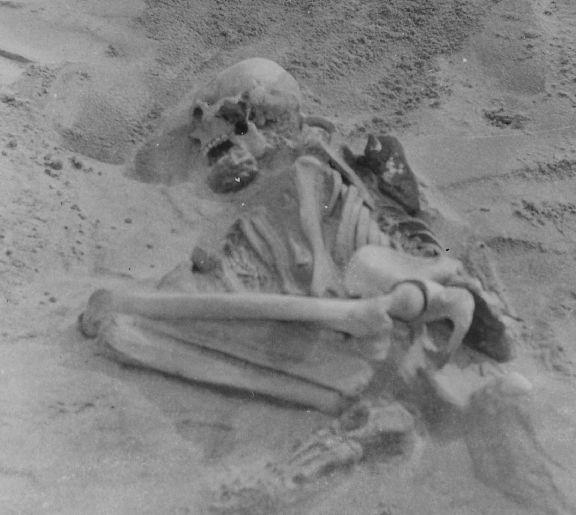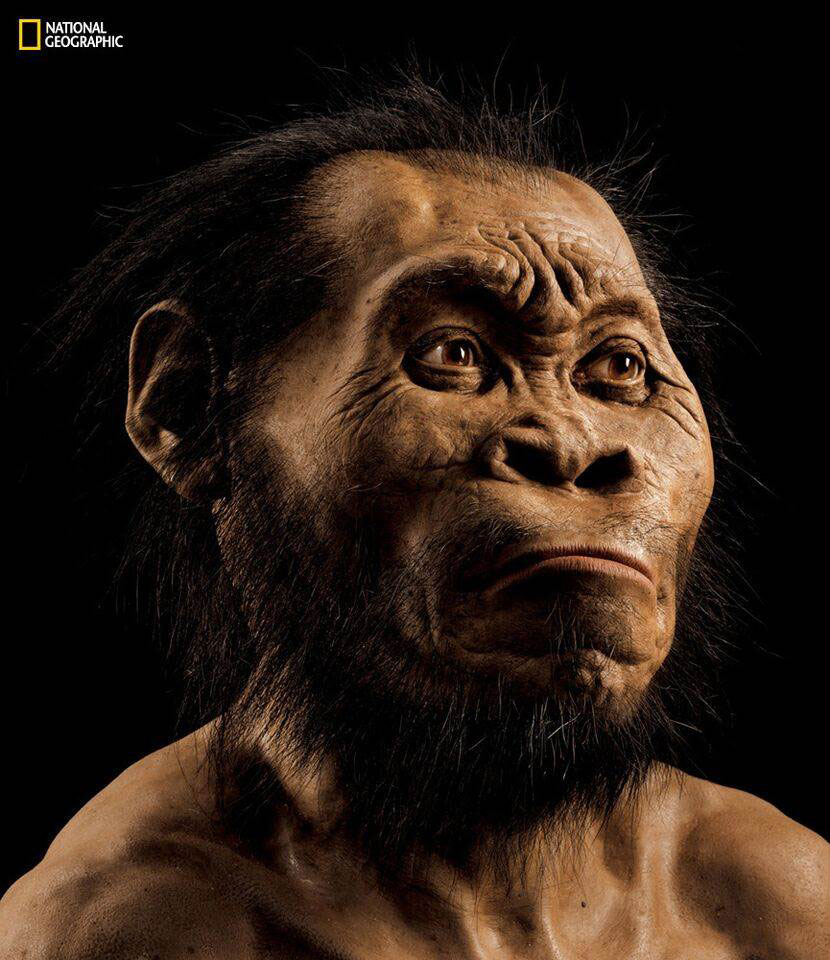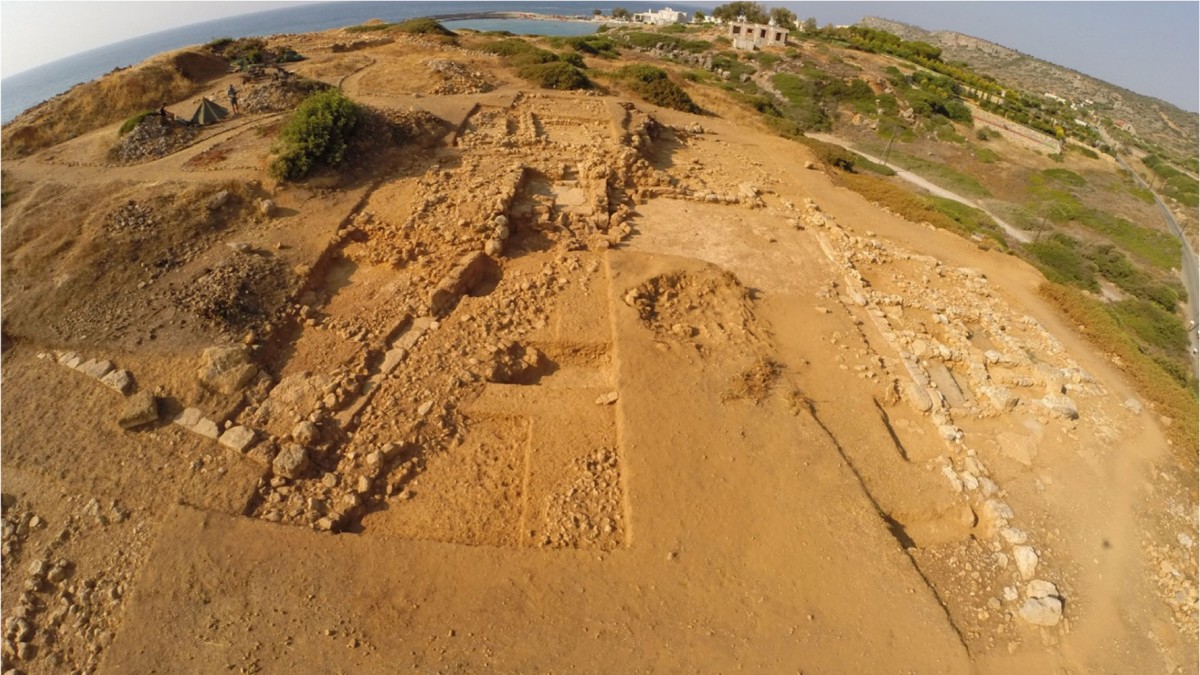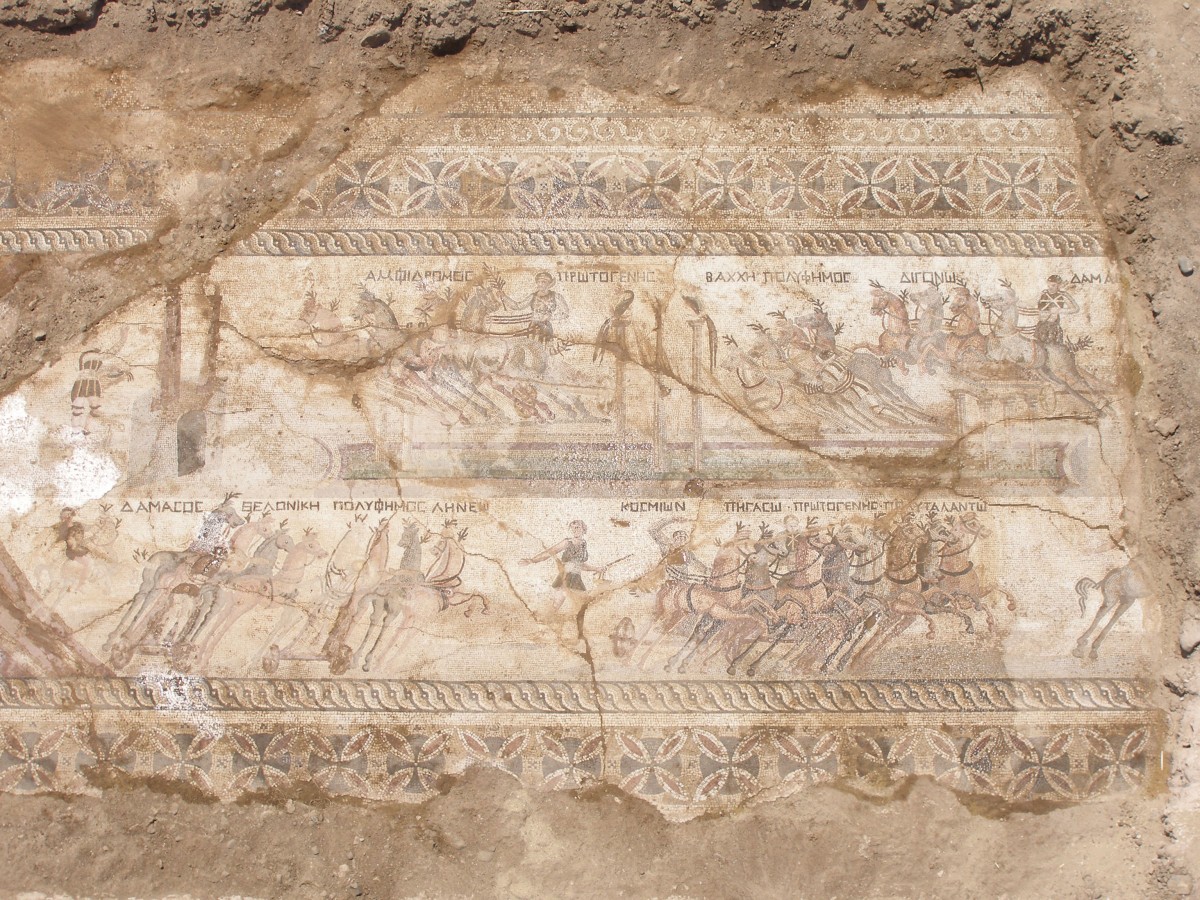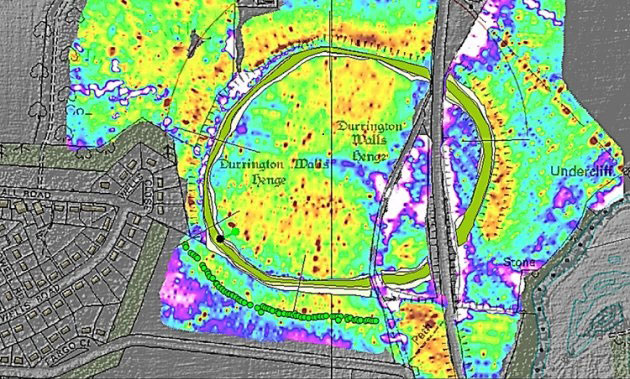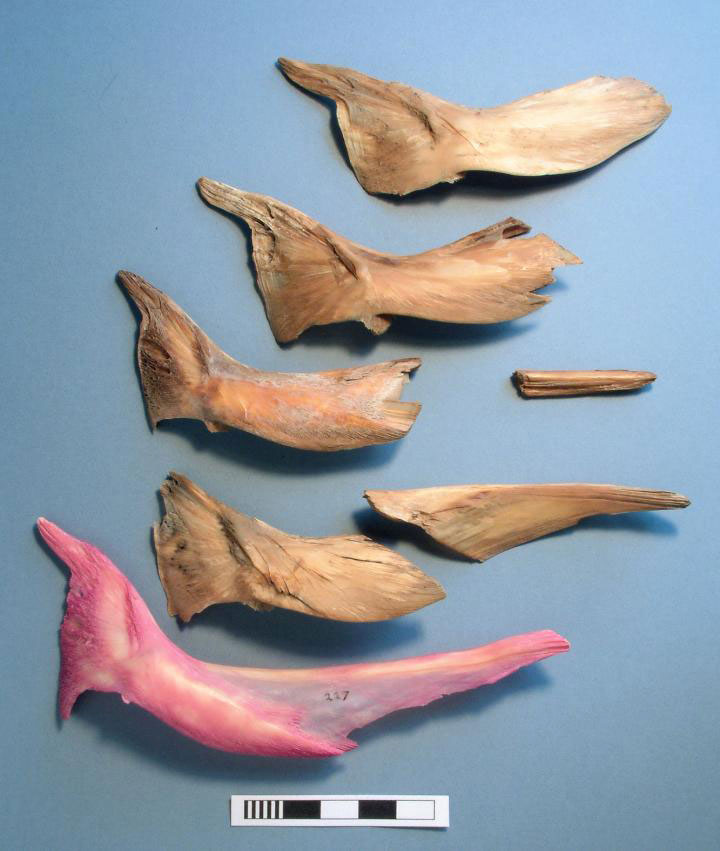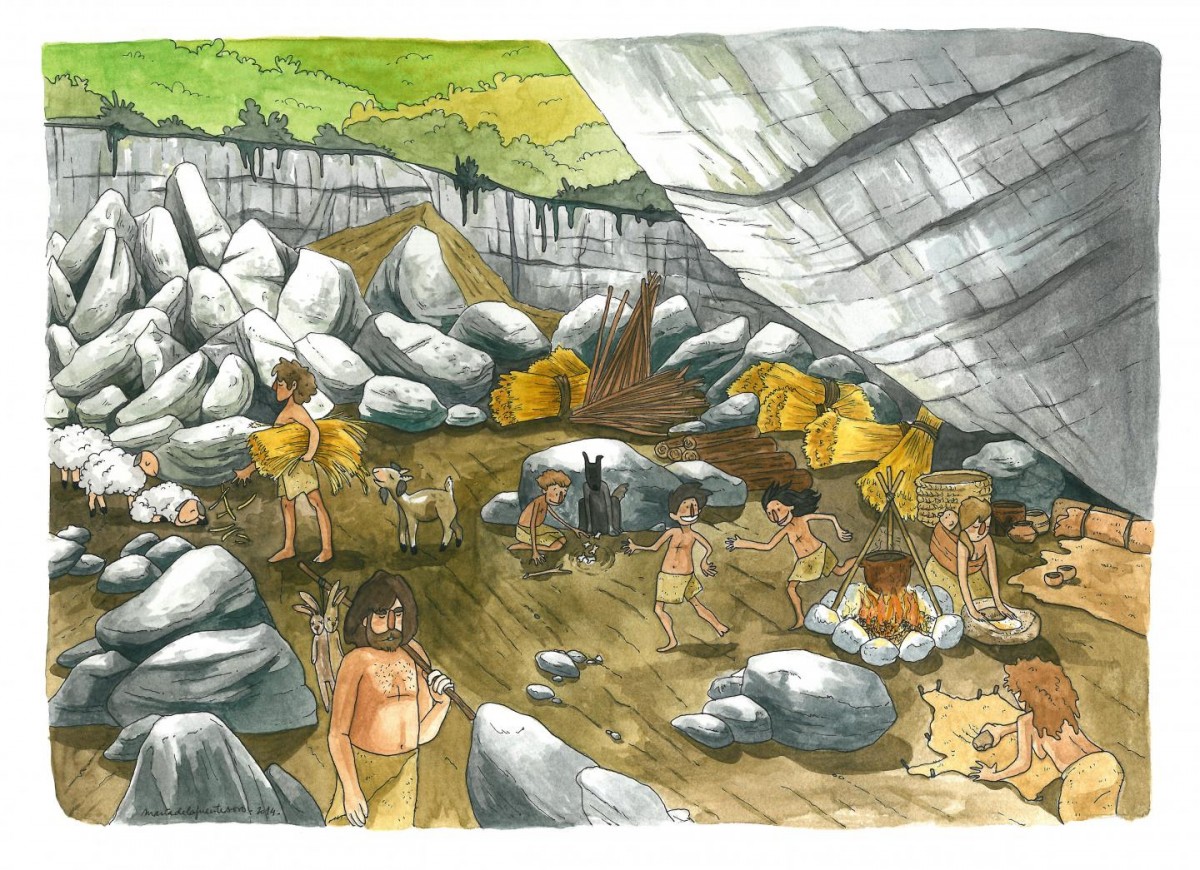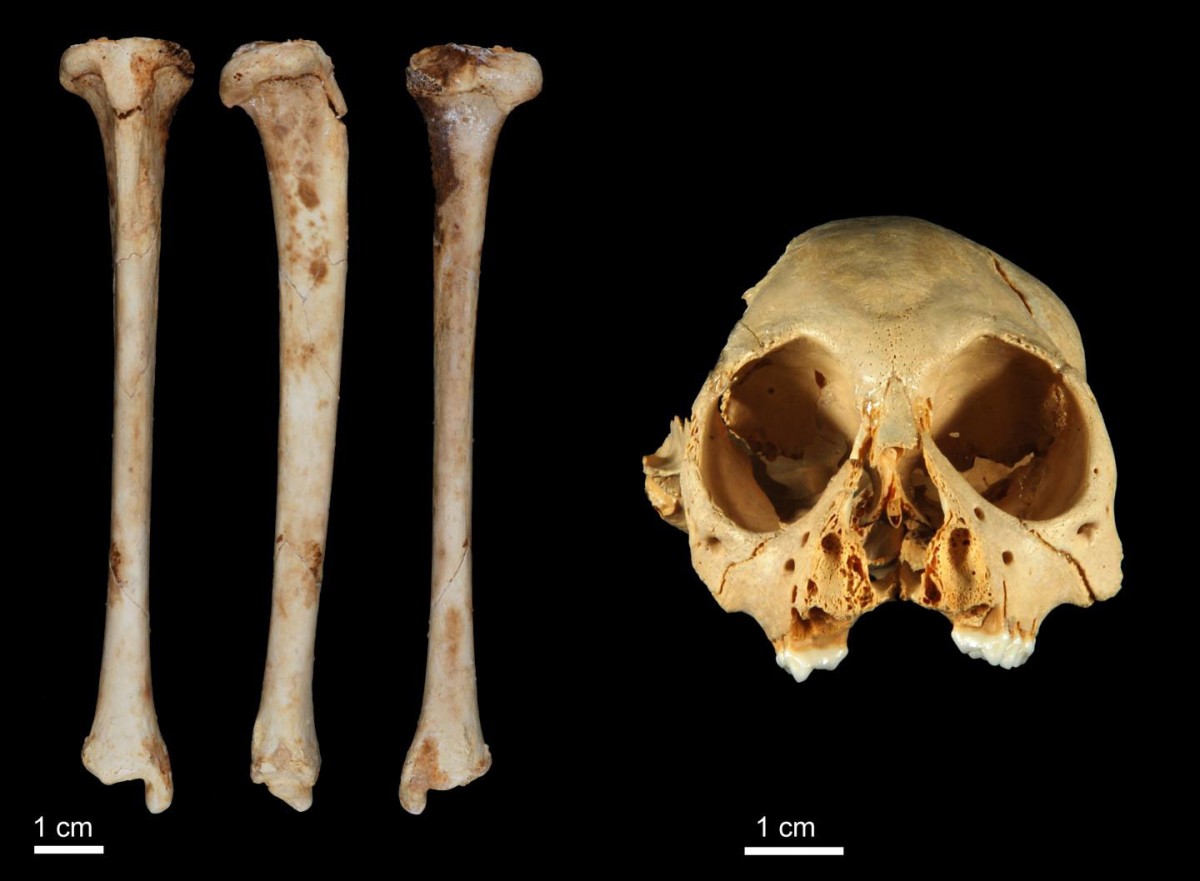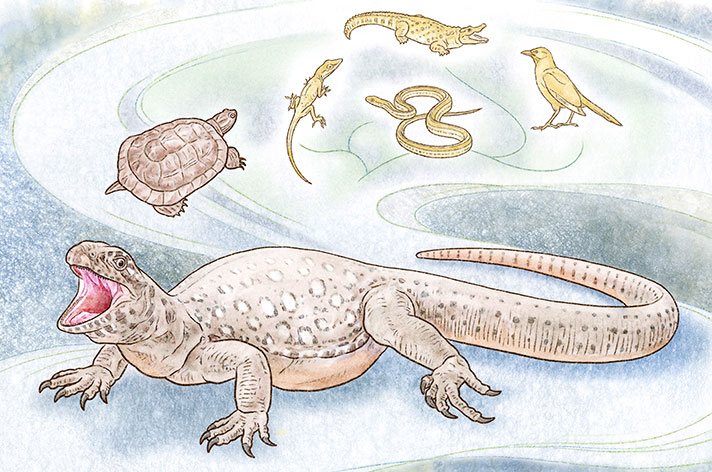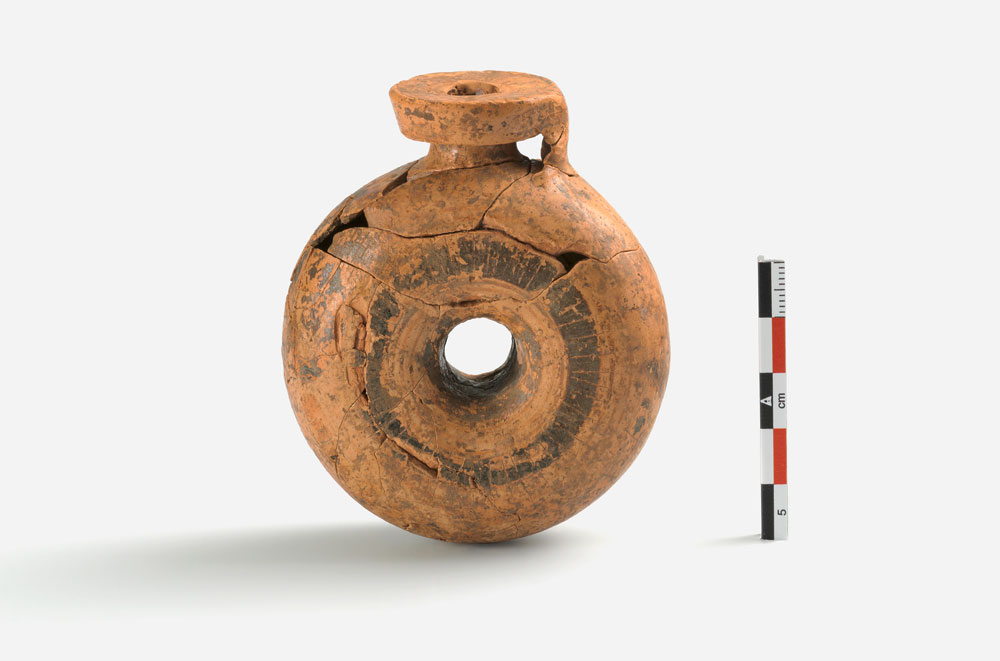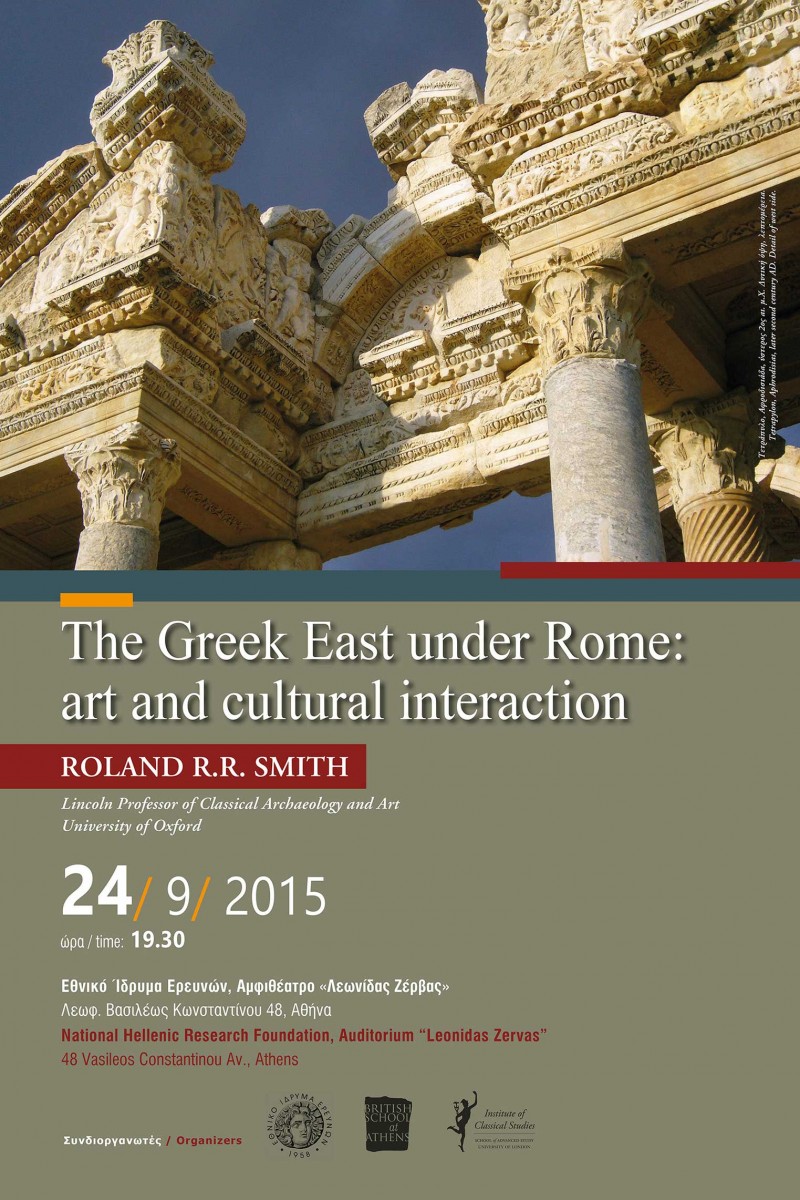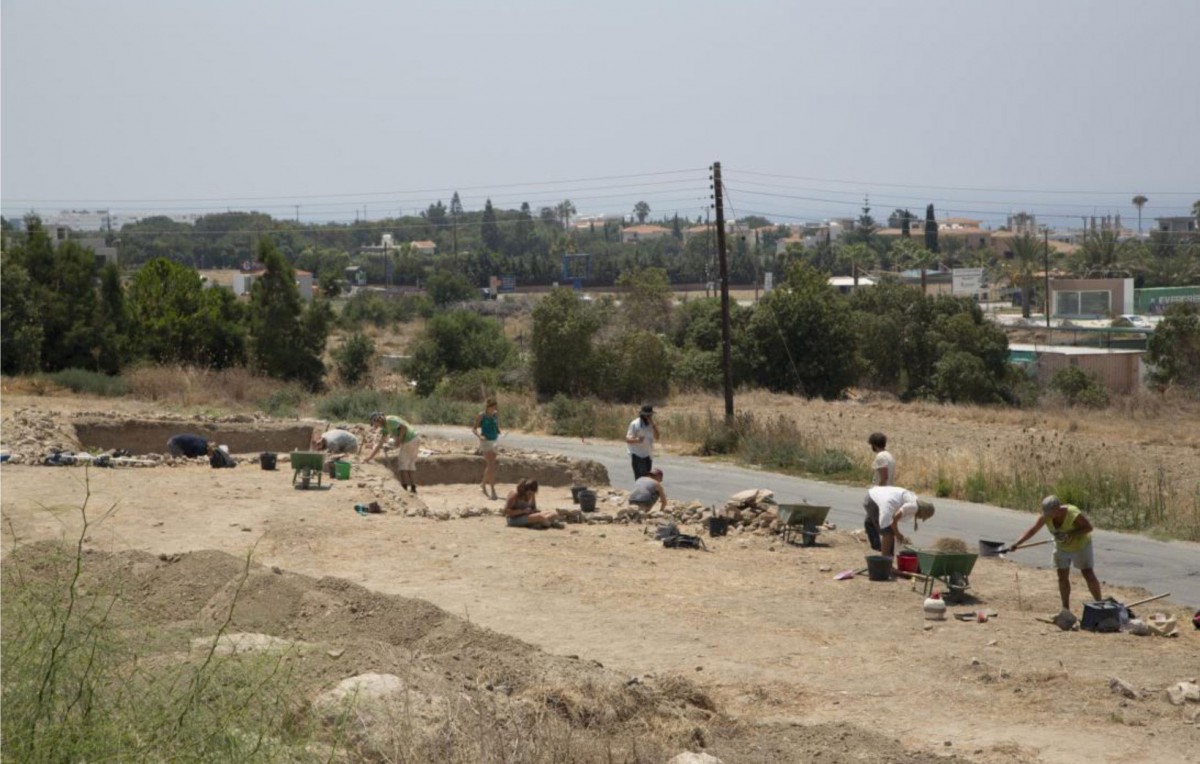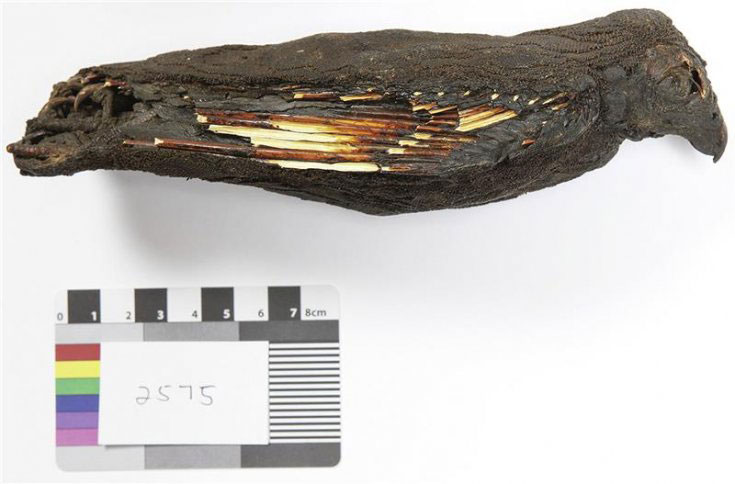Archaeologists unearthed monumental stone structures in the Carpathians
The oldest example of stone wall in the history of construction in the Polish lands, more than two and a half thousand years older than Romanesque architecture, has been discovered by archaeologists from Kraków on Zyndram’s Hill in Maszkowice (Małopolska).
Ambush hunting by early humans in the Kenyan Rift
Around one million years ago, early humans were skilful at using the landscape features of the Kenyan Rift to ambush and kill their prey, according to new research published in Scientific Reports.
New findings at Kouklia-Palaepaphos
This year’s six week investigations focused on the exploration of a monumental complex, which runs along the north side of a walled citadel on the Hadjiabdoulla plateau.
Sleepy Hollow in Ireland
Heavy rains and winds in County Sligo, Ireland, toppled a massive, centuries-old beech tree, bringing to light the skeleton of a Medieval teenager.
Identifying the sex of human skeletal remains
Being able to identify the sex of human skeletal remains is crucial to avoid creating a distorted version of history, ANU Honours student Clare McFadden said.
Was Darwinius a little longer in the tooth than previously thought?
A famous fossil of an early primate shares more in common with modern lemurs based on how its teeth erupted.
Site of elephant butchering came to light in Megalopoli
Marathousa 1 is the only known “butchering site” of elephants in the Balkans and one of the oldest archaeological sites in Greece.
Neolithic skeleton reveals early history of rickets
Rickets has been identified in a Neolithic skeleton from the Scottish island of Tiree, making it the earliest case of the disease in the UK.
Extinct human species found in cave may rewrite history
Researchers announced the discovery of a new species of hominin, a small creature with a tiny brain that opens the door to a new way of thinking about our ancient ancestors.
A Late Bronze Age court-centered building at Sissi
Excavations focused on the exploration of a Late Bronze Age (16th c. BC) complex tentatively identified as a court-centered building during the 2011 campaign.
Shouldering the Burden of Evolution
A team of researchers of the University of California San Francisco compared the shoulder blades of early hominins, modern humans, and African apes, in order to find out what the last common ancestor of modern humans and apes might have looked like.
Mosaic floor with hippodrome scene revealed in Cyprus
Excavations at Akaki have revealed part of a mosaic floor depicting a chariot scene taking place in the hippodrome (circus scene) and rich geometric decoration.
Stonehenge researchers find largest Neolithic monument
The Stonehenge Hidden Landscapes Project reveals traces of standing stones beneath Durrington Walls super-henge.
Bronze statue of a Hellenistic ruler recovered using advanced technology
Fragments held in the National Museum in Tehran were reconstructed to a most impressive evidence of the Hellenistic era in Iran.
Cod bones from Mary Rose reveal globalized fish trade in Tudor England
Commercial exploitation of fish and the growth of naval sea power were "mutually reinforcing aspects of globalisation" in Renaissance Europe.
Ancient genomes link early farmers to Basques
Recent analyses revealed that early Iberian farmers are the closest ancestors to modern-day Basques.
GVSU professor, student help discover one-million-year-old monkey fossil
An international team of scientists, including a Grand Valley State University professor and alumni, recently discovered a species of monkey fossil the team has dated to be more than one million years old.
Eunotosaurus has the early word on turtles
Thanks to new fossil evidence, paleontologists are able to prove that turtles share a recent common ancestor with birds and crocodiles.
An unknown settlement in the surrounding area of Ambracia
An ancient previously unknown township was found during construction works of a motorway in Ambracia, Greece.
The Greek East under Rome
Professor Roland R.R. Smith will present his paper “The Greek East under Rome: art and cultural interaction” in the National Hellenic Research Foundation on September 24.
Chalcolithic artefacts at Chlorakas-Palloures
The first season of excavations at the Chalcolithic site of Chlorakas-Palloures has been completed.
Scientists have sequenced the first Mediterranean genome
Researchers have sequenced the first ancient genome from the entire Mediterranean area.
Ancient Egyptians force-fed birds of prey
The results of a study published in the Journal of Archaeological Science showed that ancient Egyptians bred birds of prey and force fed them to be offered to the gods.
